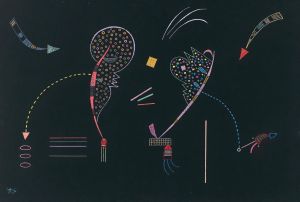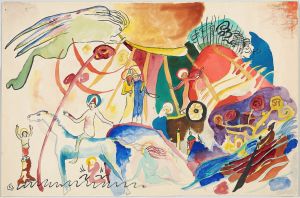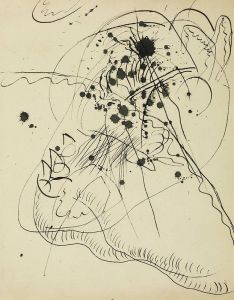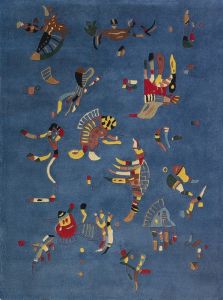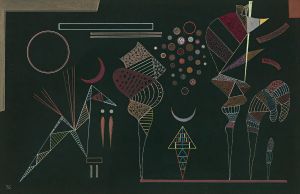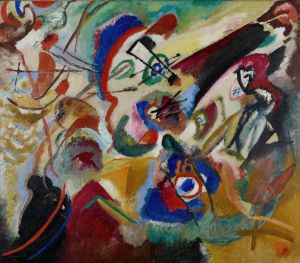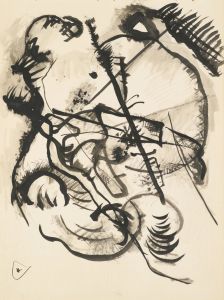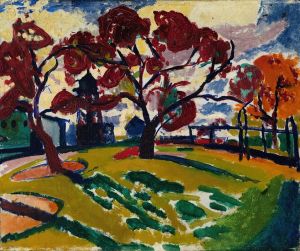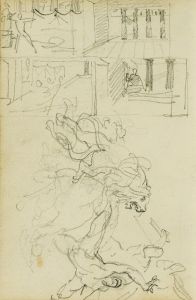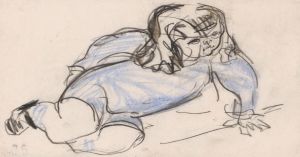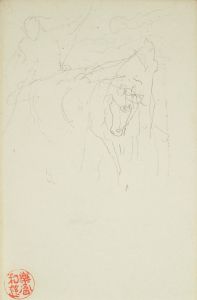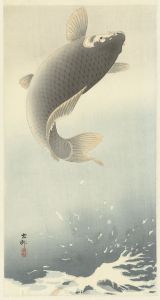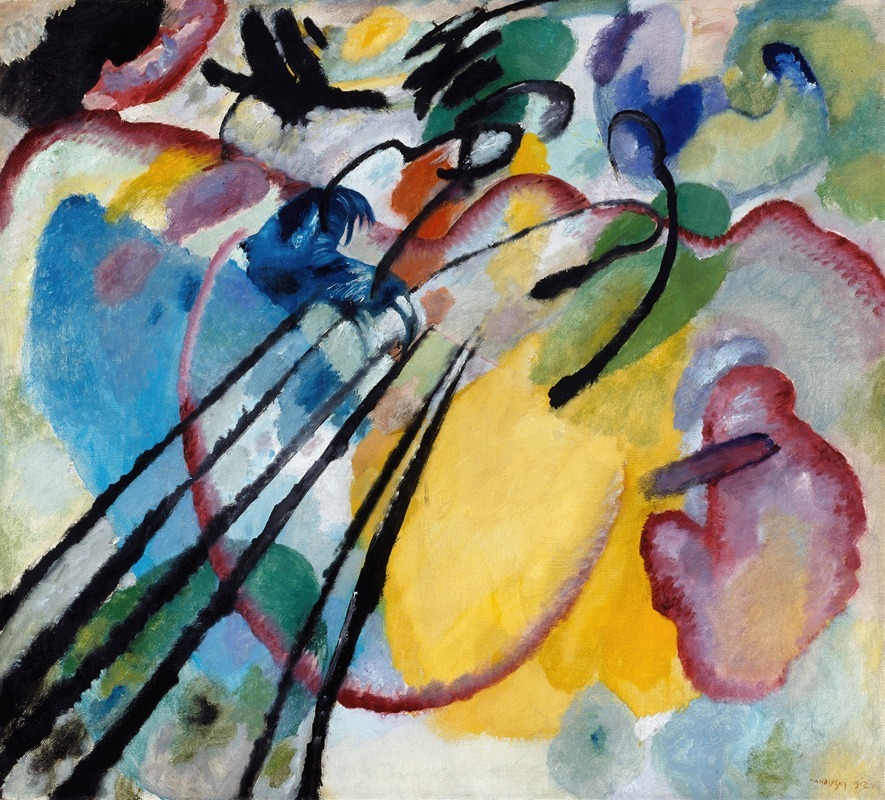
Improvisation 26
A hand-painted replica of Wassily Kandinsky’s masterpiece Improvisation 26, meticulously crafted by professional artists to capture the true essence of the original. Each piece is created with museum-quality canvas and rare mineral pigments, carefully painted by experienced artists with delicate brushstrokes and rich, layered colors to perfectly recreate the texture of the original artwork. Unlike machine-printed reproductions, this hand-painted version brings the painting to life, infused with the artist’s emotions and skill in every stroke. Whether for personal collection or home decoration, it instantly elevates the artistic atmosphere of any space.
Wassily Kandinsky's "Improvisation 26 (Rowing)" is a notable work within the artist's oeuvre, exemplifying his pioneering approach to abstract art. Created in 1912, this painting is part of a series of works Kandinsky referred to as "Improvisations," which were characterized by their spontaneous and expressive nature. Kandinsky, a Russian painter and art theorist, is often credited with creating one of the first purely abstract works in the history of modern art. His "Improvisations" series reflects his interest in conveying emotions and spiritual experiences through color and form, rather than depicting the physical world.
"Improvisation 26" is an oil on canvas painting that measures approximately 97 x 107 cm. It is housed in the Lenbachhaus, a museum in Munich, Germany, which holds a significant collection of works by Kandinsky and other artists associated with the Blue Rider (Der Blaue Reiter) movement. This movement, co-founded by Kandinsky and Franz Marc in 1911, was pivotal in the development of abstract art and sought to transcend the representational limitations of traditional art forms.
In "Improvisation 26," Kandinsky employs a vibrant palette and dynamic composition to evoke a sense of movement and emotion. The painting's title, "Rowing," suggests a connection to water and motion, although the work itself does not depict a literal scene. Instead, Kandinsky uses abstract forms and colors to suggest the essence of rowing, capturing the rhythm and energy of the activity. The painting features bold, sweeping lines and a variety of shapes that interlock and overlap, creating a sense of depth and complexity.
Kandinsky's use of color in "Improvisation 26" is particularly noteworthy. He believed that colors had inherent spiritual and emotional qualities, and he used them to evoke specific feelings in the viewer. In this painting, the interplay of blues, reds, yellows, and greens creates a vibrant and harmonious composition that invites viewers to engage with the work on an emotional level. The absence of recognizable figures or objects allows for a more personal and subjective interpretation, encouraging viewers to explore their own emotional responses to the painting.
Kandinsky's theoretical writings, particularly his book "Concerning the Spiritual in Art," provide insight into his artistic philosophy and the motivations behind his abstract works. He argued that art should move beyond the mere representation of the physical world and instead strive to express the artist's inner experiences and emotions. "Improvisation 26" exemplifies this approach, as it seeks to capture the essence of an experience rather than its outward appearance.
The impact of Kandinsky's work, including "Improvisation 26," on the development of abstract art cannot be overstated. His innovative use of color, form, and composition helped to pave the way for future generations of artists who sought to explore new modes of expression. Today, Kandinsky is celebrated as a pioneer of abstract art, and his works continue to inspire and challenge viewers around the world.





